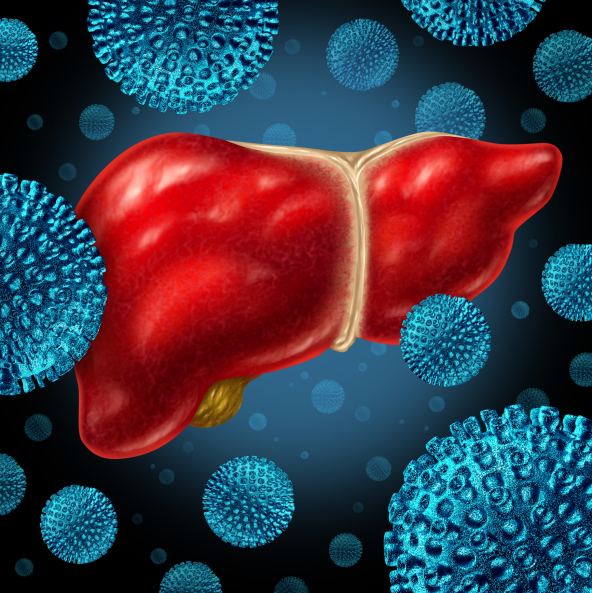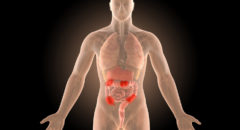
Hepatitis C is among the many diseases disproportionately affecting the African American community.
The disease, targeting the liver, can turn into a serious health problem over time – resulting in liver damage and liver cancer. There is no vaccine for hepatitis C but there are treatments available.
READ: Liver Damage From Hepatitis C Is More Common Than You Think
After diagnosis, in the early stages, patients may not have any symptoms, according to Centers for Disease Control and Prevention (CDC). In fact, about 15 to 25 percent of people living with the hepatitis C virus will only develop an acute version of the disease. Meaning, the virus is cleared from the body without causing any liver damage.
Others, though, could eventually experience severe symptoms one to three months after exposure. Joint pain is one early symptom, including inflammation and pain in the joints and muscles. This can be a sign that the immune system is working to fight off the virus.
Other early symptoms include nausea, vomiting, diarrhea and other digestive issues. Some people may also experience jaundice – a yellowing of the skin and eyes. This is a result of bilirubin, a greenish pigment found in the bile, not being removed properly from the body.
READ: Coping With Chronic Hepatitis C
These symptoms can escalate to more chronic problems. A large number of people eventually develop chronic hepatitis C. Over the years, the liver will suffer severe damage and the gallbladder can become inflamed, resulting in pain and gallstones. One solution is to have the gallbladder removed.
People living with hepatitis C also are at risk for type-2 diabetes. The liver slowly resists insulin and produces too much glucose. The body has difficulty absorbing the blood sugar and builds up in the bloodstream, resulting in type-2 diabetes.
Another condition linked to hepatitis C is hypothyroidism, which means an underactive thyroid. This can cause fatigue and weight gain. Or, the thyroid can become overactive, meaning hyperthyroidism, which causes weight loss and weakness.
READ: How Do You Know You DON'T Have Hepatitis C?
The brain becomes affected by hepatitis C. About 50 percent of people living with hepatitis C report “brain fog” symptoms. It’s possible that anyone living with hepatitis C could also experience dry mouth, itchy skin, bruising and bleeding, non-Hodgkin’s lymphoma and cryoglobulinemia, a condition that causes skin, joint and kidney inflammation.
As hepatitis C progresses, it can lead to long-term liver damage. Cirrhosis of the liver happens when the liver is scarred and loses its functionality. Between 5 and 20 percent of people living with hepatitis C develop cirrhosis over a 20 to 30-year period.
Liver cancer is another long-term effect. Between 1 and 5 percent of people with hepatitis C develop liver cancer. There’s also a risk of liver failure, which is when the liver completely stops working. A liver transplant is the only treatment.









